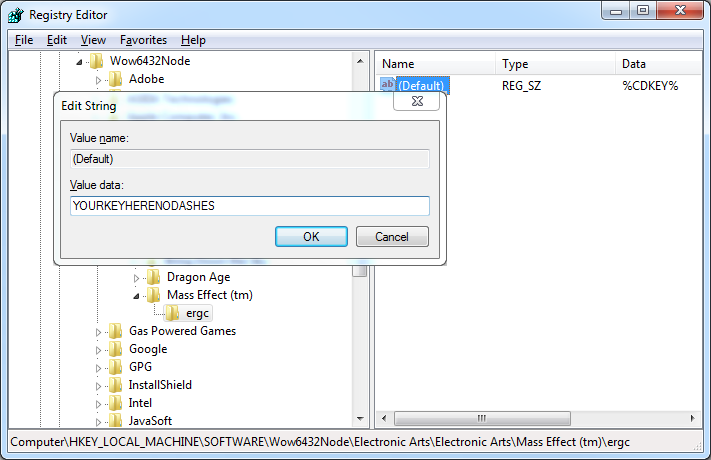
According to Adobe Type’s David Lemon, phototypesetting helped lay the groundwork for today’s digital type. The VGC Photo Typositor 3100, part of the collection at the Museum of Printing in North Andover, Massachusetts.Īlthough phototypesetting had its limitations, the introduction of these systems marked a dramatic turning point for the graphic arts. Some machines, such as the Compugraphic Editwriter series, were designed mainly for setting text and smaller heads, with a size range of 6–72 points in the higher-end models. The exposed galleys were used in pasteup or film makeup. Using a variety of media, ranging from glass disks to film strips, phototypesetting machines projected characters onto photo-sensitive paper or film, which was developed with photo chemicals. Typographers keyed copy on dedicated computerized input terminals, which interfaced with a companion imaging component. In the mid-twentieth century, a scant few decades before the beginning of the Adobe story, the time-honored methods of setting text with metal and wood type gave way to the “cold type” era. Since the eleventh-century invention of movable type in East Asia and the Gutenberg revolution in mid-fifteenth-century Europe, constant innovations have been made, with various methods of typesetting and printing falling in and out of favor. The history of typography is a long and storied affair. Excerpted from Wikipedia’s entry on Typography Typography is the art and technique of arranging type in order to make the language it forms most appealing to transparent learning and recognition.

This post sets the scene, taking us back to the very early days of digital typography.
MASS EFFECT FONT ADOBE SERIES
This is the first in a series of articles from Tamye Riggs, a longtime lover of type who is working with us to celebrate the twenty-fifth anniversary of the Adobe Originals type program.


 0 kommentar(er)
0 kommentar(er)
